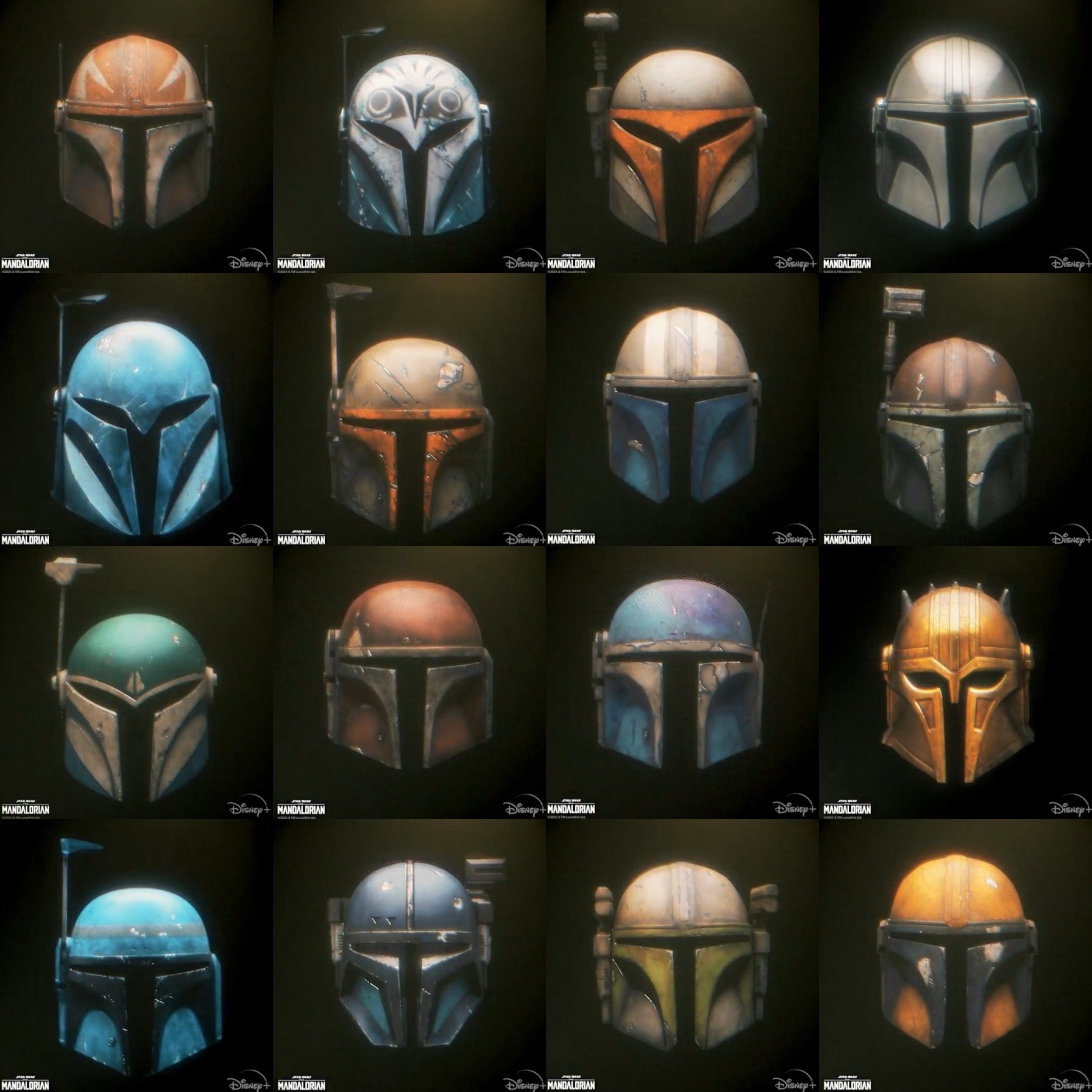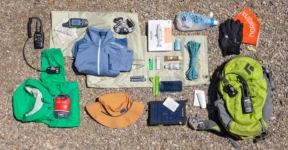Whether you are qualifying for NASCAR or running away from hordes of mindless cannibalistic undead, it is mandatory to wear post-apocalyptic helmets. It does not even matter if the post-apocalyptic law never requires you to put the headgear on – although by then the world will most likely be lawless – “safety first” remains an important regulation. It is no longer about fashion, but the importance of having reliable protection to prevent unnecessary damage to the brain.

Some other survivors may say that post-apocalyptic helmets in a zombie-ravaged world are as useful as peepholes right in the middle of clear glass doors because there is never a bite to the head; it always happens on limbs, neck, or any other place except where the helmet is supposed to be worn. There might be some truth to that, but no one says helmets are exclusively designed to provide a solid barrier between your head and zombies’ teeth. Keep in mind that a post-apocalyptic world is a dangerous place full of damaged houses, piles of rubble, and the even more dangerous half-destroyed skyscrapers.
It wouldn’t be a farfetched story that during the peak of a zombie outbreak, a barely functioning government authorized an all-out air strike to get rid of the zombies for good. Since the order was executed in such haste and some of the fighter pilots involved in the attack were not trained for zombie-related defenses, it wasn’t entirely surprising that many bullets, bombs, and lightweight missiles appeared to have been randomly fired all over the place. Dozens of high-rise buildings collapsed, reducing the zombie population to a sizable extent. In a lot of major cities, rows of skyscrapers were wrecked to pieces as if the entire Godzilla family had just used them as new playgrounds.
Naturally, the zombies were still around after the attack (they are indeed known for their abilities to rise from the dead). It didn’t take long for them to dominate the world by turning every living, breathing human being in their path into the undead as well. Some people who were lucky enough to find refuge in bunkers and fortified shelters managed to survive. In fact, many of those underground bunkers were fully stocked with canned goods and medical supplies by their unlucky owners. A few even had weapons, albeit with limited ammunition. As supplies were running out, survivors gradually came to the surface and found their world devastated.
Now, imagine you are one of them. In what used to be very busy city streets, you cannot even see the sky anymore. The view is cluttered with metal bars hanging from collapsed buildings, huge electric wires entangled between the rubble, broken digital billboards, and massive pieces of glass windows ready to crumble to the ground at any given minute. If you want to loot for resources and hunt for food – you most likely have to, anyway – chances are you have to go through the perilous streets. Therefore, you need helmets.
Not every helmet is created equal. Some of the best options for post-apocalyptic helmets are as follows:

– Combat helmet: the obvious first-choice is a combat helmet designed to protect a soldier’s head from shrapnel, fragments, and small arms. The shape makes it easier to attach mounting devices such as safety or night vision goggles, communication equipment, and respirators. Most modern combat helmets are also lightweight, made of strong heat-resistant synthetic fiber and Kevlar. Combat Vehicle Crewman (CVC) and lightweight ACH (Advanced Combat Helmet) fall into this category as well.
– Racing helmet: a full-face racing helmet offers adequate protection if you find yourself frequently bumping into things. The shields or visors are probably too dark in a post-apocalyptic world without electricity at night, so a racing helmet is an overall good choice, but it might need some modifications.
– Goaltender mask or football multi-bar facemask helmet: easy to find helmets with proven reliability, durability, and style. You can’t go wrong with either.
– Full-face riot helmet: designed for maximum protection and great visibility in close combat situations. It makes for an excellent choice when zombies are a constant nuisance.
We think it is true that helmets might not be very useful against zombie bites. However, they are still necessary for general protection, especially in situations where pieces of collapsed buildings can easily fall down to the ground during a mild breeze or when a reasonably large group of zombies are chasing after you. A helmet cannot help you if a hundred pounds of bricks fall on your head, but you don’t want to get hurt by a small metal beam that finds its way to your forehead either. A good helmet can be the difference between a minor concussion or a lethal injury, in which case you will be knocked unconscious and wake up the next day as a zombie.
Is a bicycle helmet a good idea in a post-apocalyptic world? Can you actually use a helmet as a weapon? We’d love to hear from you.
Other Things You Might Want to Know:
Will a heaume be practical and useful in a post-apocalyptic world?
The heaume or an enclosed helmet from the Middle Ages is traditionally made of steel and has only small openings for both vision and ventilation. Although such a helmet offers good protection against bricks and metals, it is heavy and a poor choice in hot weather. In short: no, it won’t be practical in any situation at all, let alone in a post-apocalyptic world.
Is there any type of helmet designed specifically for post-apocalyptic situations?
If you are talking about helmets as a fashion accessory, there are tons of them out there. Some of them feature massive twin horns like the one Loki has, while others come with built-in respirators and spikes. You can probably find something that resembles stormtroopers’ helmets, too.
What would be the most useless post-apocalyptic survival gear?
Every type of gear has its own purposes. But if there needs to be a useless gear, one of the nominees would be an oversized hunting knife. In a survival situation, you either have to cut things carefully with a small, sharp knife, or chop something using an axe. An oversized hunting knife finds little use in a survival situation; anything longer than 12 inches from the tip to the guard, but shorter than 20 inches, is not very practical. If you have to slice through zombies’ necks and heads, a samurai sword or katana (traditionally between 24 – 32 inches) would be much more reliable.
Check out other articles by month:







